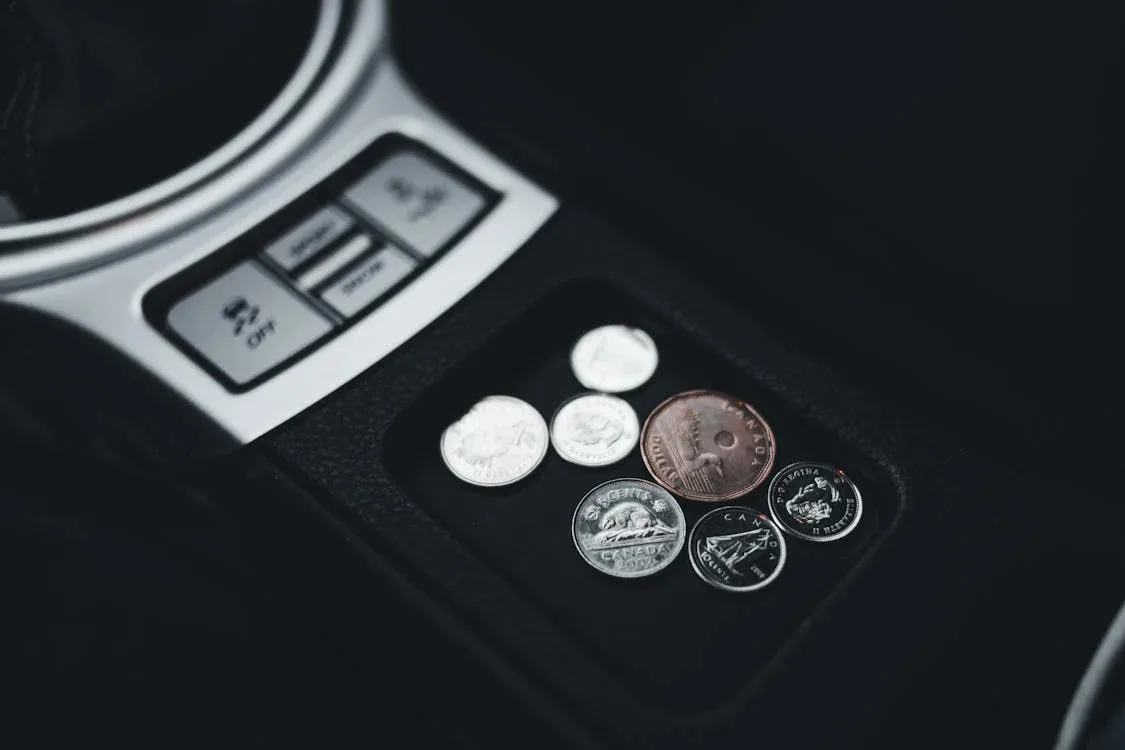There are many factors that go into the selection of a new car. You want to choose a car that fits your lifestyle, that meets your wants and needs as far as the experience on the road goes, that offers the space you require, and more. However, buying a car is also a financial decision, one that will greatly impact your cost of living for some time.
As such, it’s only natural that you might want to choose a car that goes easier on your wallet. Here, we’re going to look at the various factors that you should look into if you’re trying to buy a car that can help you cut your costs.
Work out a budget and stick to it
First of all, comes the process of buying the car. The initial cost of the car is one of the ongoing expenses you need to consider, as unless you buy the car outright with cash, you’re going to be paying the loan on it for months from now. As such, you should start shopping smartly by setting a realistic budget for yourself, knowing how much you plan to borrow as well as the absolute maximum amount that you’re willing to spend on a car. If you don’t have that budget laid out, it’s all too easy to pay much more than you should.
Get the right loan for your car
How you borrow the money you use to buy the car is also going to have a big impact on its affordability, as well. As such, you should take the time to scout out auto loan providers and brokers such as Specialist Motor Finance who can help you find a loan that allows you to manageably pay off your car without too many fees or without having to pay for a much longer term than you might want to. Be sure to take some time to get your credit in order, so that you’re able to apply for the best possible loan.
Take a look at the fuel efficiency
Beyond the cost of the car itself, and how you manage your payments for it, you also have to consider recurring costs. Fuel costs are the most obvious, as they’re some of the most visible costs, stinging you every time you have to fill up. Be sure to check not just the MPG of the car you choose, but how it does in city vs. highway driving, knowing which one is more relevant to your needs. You can drastically cut these costs with the help of electric cars from brands like VinFast. Electric cars have their own costs, especially if you want a charging station at home, but you typically make up the difference in money saved via fuel costs.
Know how much maintenance is likely to cost you
The more reliable your vehicle is, the more you’re going to save on it. Of course, all vehicles need some degree of maintenance, and they’re all likely to need repairs at some point. You should do your research on how often cars typically need to be taken in, however, as well as the nature of their most common problems, so you can get a better idea of how much you’re likely to pay each year to keep your vehicle working.
Consider your insurance costs as well
Aside from the costs of keeping your car running, in terms of fuel as well as repairs and maintenance, insurance is your greatest recurring cost. Your choice of vehicle can greatly impact how much you pay for insurance. Not only are you likely to pay more for more expensive cars, but cars that are typically seen more often in accidents, such as sports cars, come with a higher cost, as well.
Be careful when it comes to buying extras
Lastly, just be sure to be mindful of what extras you really need when you’re going to buy from a car dealership. They will try to impress on you the importance and benefit of a wide range of extras that are going to add to your price, but the truth is that you are not likely to need all or even most of them. Research any extras you get offered and don’t let yourself get pressured into making a choice.
How costly your car is will depend, in large part, on how you drive it, as well. However, following the tips above when making your choice can help you manage the costs of driving a car.






